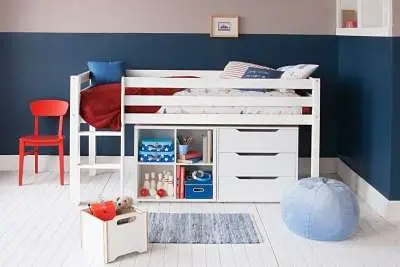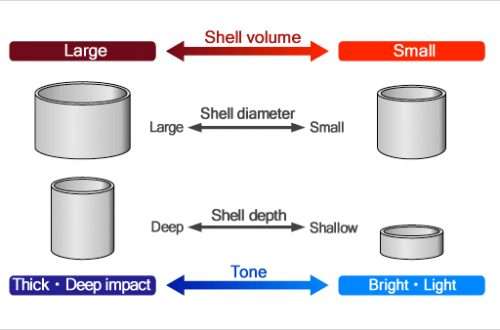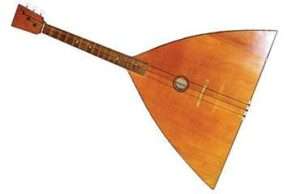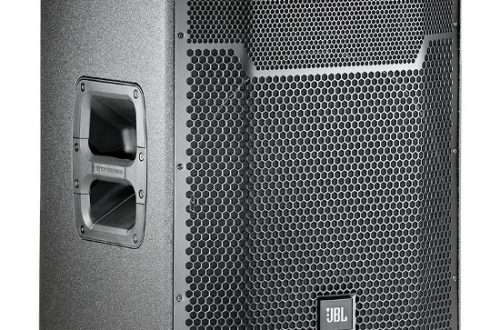
The art of producing midi sleepers
Is there a need for midi
The ability to create midi foundations not only can bring a lot of personal satisfaction, but also gives great opportunities on the production market because there is still a great demand for midi foundations in this format. They are used by musicians serving special events, karaoke organizers, DJs and even for educational purposes, learning to play. Contrary to audio background, creating midi files requires, on the one hand, knowledge of the midi environment, on the other hand, it is quite simple and intuitive. With the ability to use all the possibilities of the program on which we work, we can build such a foundation very quickly.
Basic tool for building midi sleepers
Of course, the basis is the appropriate DAW music program that will be suitable for the production of such backgrounds. Most music production software has such a capability in its tools, but not everywhere is fully convenient to use. Therefore, it is worth looking for a program that not only gives you such an opportunity, but also works with it is above all convenient.
Among such basic tools that must be on board our software are the sequencer, mixer and piano roll window, and it is the convenient operation of the latter that is of particular importance in midi production. In the piano roll window we make all corrections to the recorded track. It is a bit like building a piece from blocks that we place on a grid that is the space-time of our piece. These blocks are the notes arranged in a pattern like it is on the staff. It is enough to move such a block up or down and in this way correct the wrongly played note on the one that is to be correct. Here you can adjust the duration of the note, its volume, panning and many other editing elements. This is where we can copy fragments, duplicate them and loop them. Therefore, the piano roll window will be the most important tool of our software and should be such an operational center during the production process. Of course, the sequencer and the mixer are also very important and necessary tools used during the process of creating the backing track, but the piano roll should be the most extensive in terms of functionality and comfort of use.
Stages of creating a midi foundation
Often the most difficult issue in production is the very start of work on the foundation, i.e. good self-organization of work. Many people do not know where to start building a midi foundation. I used the term constructing especially here because it is to some extent preparing an appropriate scheme and adding individual subsequent elements to it. Depending on whether we want to create our own original piece, or whether we intend to create a midi background music of a well-known piece of music, in addition, in its original arrangement, we impose this level of difficulty on ourselves. It’s definitely easier to create your own songs, because then we have full freedom of action and choose the right notes in a way that suits us. If we do not have specific requirements for the piece we create, we can, in a sense, do it by feeling by adjusting certain melodic and harmonic elements to each other.
A much more difficult challenge is to make a midi background music of a well-known piece of music, and the big challenge is how we want to be consistent with the original version, i.e. keeping all the smallest details of the arrangement. In this case, it would be a great help to get the scores of individual instruments. Then our work would be limited to typing notes into the program, but unfortunately usually to get in addition to the primer, i.e. the so-called melody line and possibly chords we will not be able to get the full score of such a piece. This is also because in many cases such a notation was simply not developed. If there are no notes, we are doomed to our hearing and the better it is, the faster our work will go.
When creating a midi background based on an audio recording, first of all, we must listen to a given piece very well, so that we are able to accurately determine the structure and structure of this track. Let’s start with determining the instrumentation, i.e. how many instruments are used in the recording, because this will allow us to determine the approximate number of tracks that our midi track will consist of. Once we know how many instruments we have to pick from the recording, it is best to start with the path that is most characteristic, best audible, and at the same time has a not too complicated structure. It can be, for example, percussion, which is most often the same for most of the piece with only some elements that are different, such as the transition between particular parts of the piece. In addition, we add a bass, which is also usually schematic. Drums and bass will be our backbone of the song, to which we will add new tracks. Of course, at this early stage we don’t have to arrange the detailed transitions and other distinct elements of these instruments right away with these rhythm section tracks. It is important that at the beginning we develop a basic structure as in the case of drums: central drum, snare drum and hi-hat, and that the number of bars and tempo match the original. The next detailed elements can be edited and added at a later stage of production. Having such a skeleton of the rhythm section, in the next stage, we can start the track with the lead instrument in a given piece and successively add individual elements of the piece. After recording all or a part of a given track, it is best to quantize it immediately in order to align the played notes to a certain rhythmic value.
Summation
Of course, which instrument to start the production of the midi backing with, depends primarily on you. It doesn’t have to be drums or bass, as everything should still be played with the metronome that each DAW is equipped with. I propose to start with the one that caught your ear the best and the duplication of which is not difficult for you. It is also advisable to divide the works into individual elements, the so-called patterns that are often included with DAW software. It is worth using such a solution and at the same time working on such software that offers such an option. Very often in a piece of music, given fragments or even whole phrases are repeated. In this case, all we need to do is copy-paste and we have another dozen or so bars of our foundation ready. Creating background music can be a very engaging and rewarding activity that can turn into a true passion over time.





